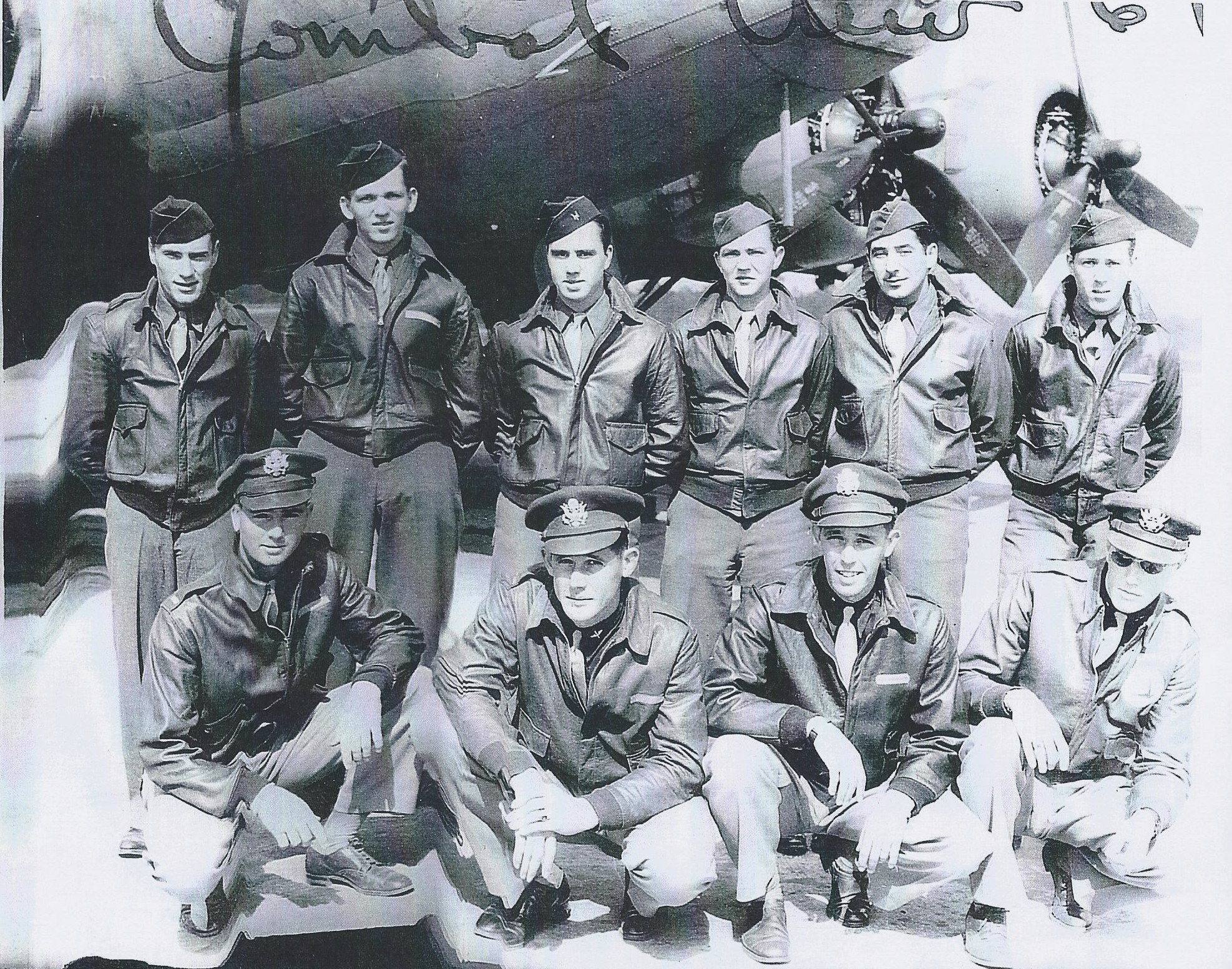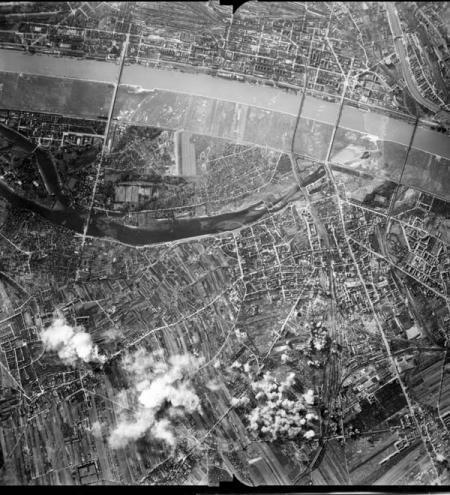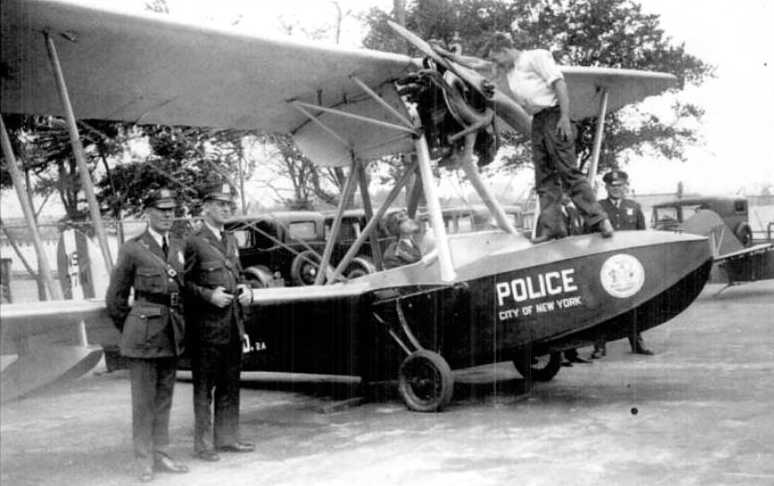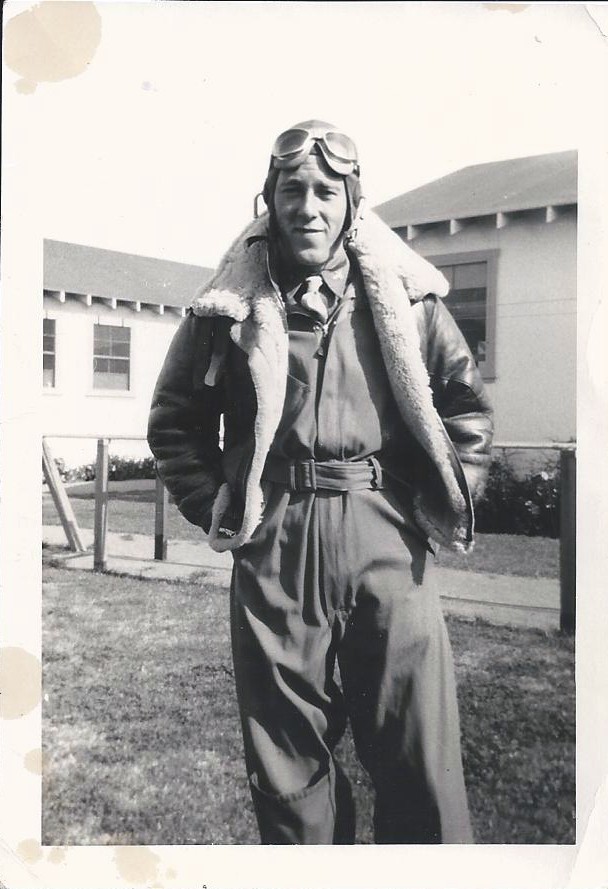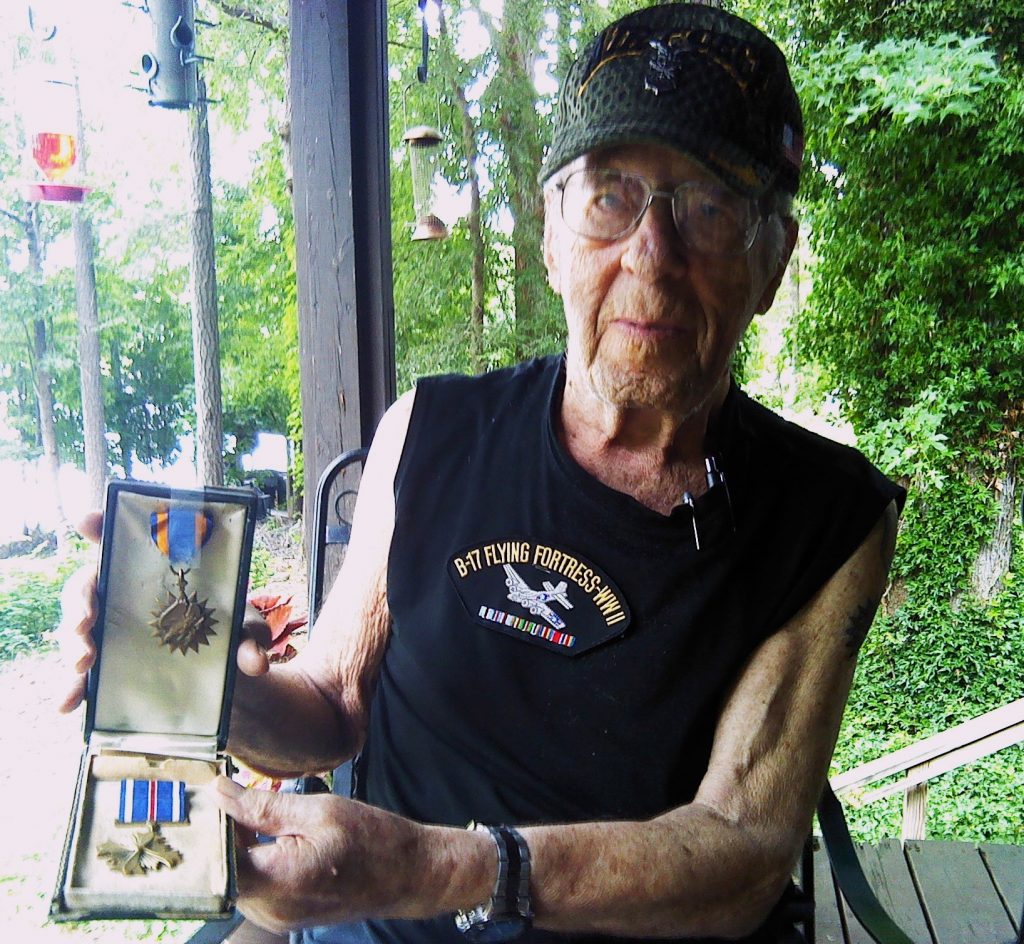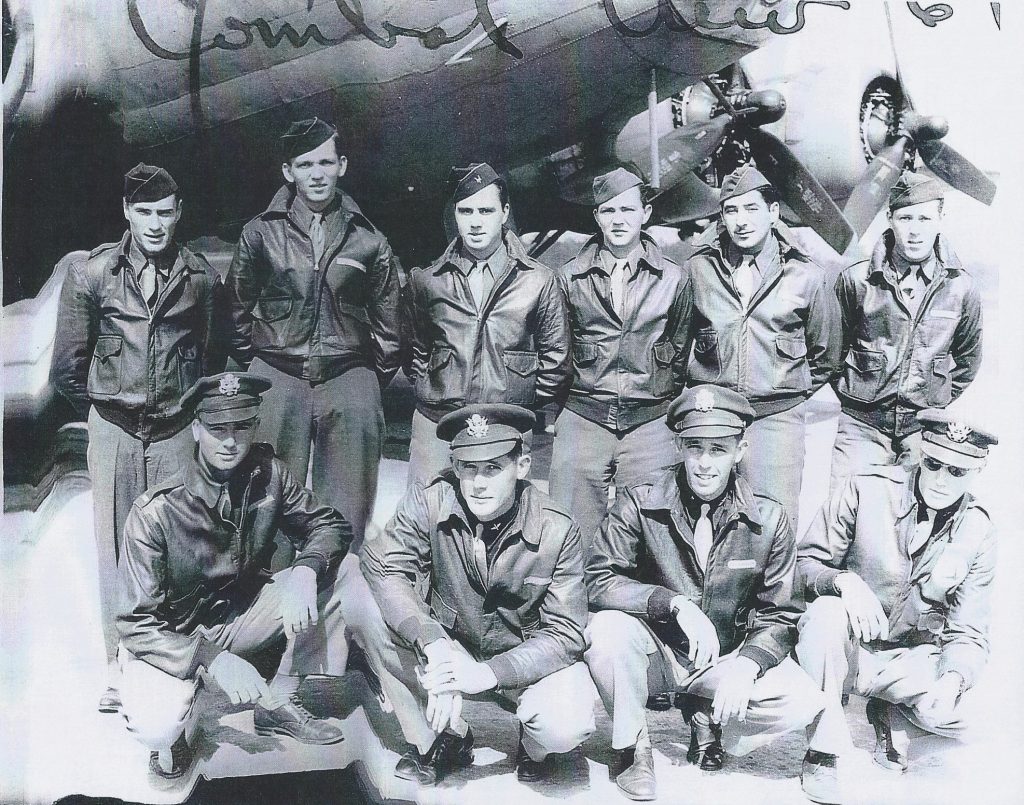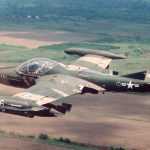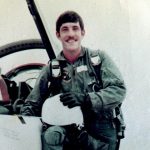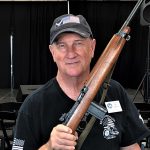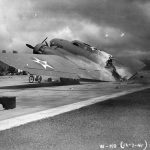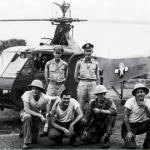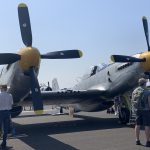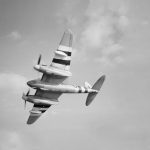Job description from a WWII B-17 training manual, “The inflight Armorer-Gunner inspects, repairs, maintains machine guns, cannons, bomb release mechanisms, bomb racks, aerial gun sites, the auxiliary equipment and chemical carrying release mechanisms, and flare racks. He fuses and places the bombs in racks, field strips machine guns to repair as necessary, oils and cleans, mans a gun position during combat.”
His B-17 was named “Barr Fly” after the pilot, Lt. Tom Barr. On Feb. 25, 1944, inflight Armorer-Gunner Robert John Zekowski took off with the crew of “Barr Fly” from the Lucera airfield near Foggia in northern Italy. After completing a precarious airborne ‘grouping’, 289 B-17 heavy bombers began their flight to their targets in Aschersleben, Bernburg, Halberstadt, and the vital Bf-109 fighter production plant in Regensburg, Germany. The raid lost 38 bombers, 4 shot-up beyond repair, and another 141 received damaged. Zekowski’s bravery under fire would earn him the Distinguished Flying Cross. A Brooklyn native born on Oct 9, 1921, Zekowski stated before the interview, “You’ll have to bear with me, because at my age I’ve forgotten a lot but not my Brooklyn accent.” He was booted out of high school. When describing a conference between the school principal and his mother, he recalled, “I remember the word ‘incorrigible’ was used several times. Sad thing is, they were right.”
Incorrigible in school perhaps, but young Zekowski knew how to make a buck. “I worked odd jobs but my favorite was washing and cleaning the seaplanes at the airport in Brooklyn. My work impressed the pilots so much they’d give me free ‘hops’ on the seaplanes. They’d let me hold the stick occasionally. Airplanes became my life.” Note: The most likely airport/seaport Zekowski mentioned was Floyd Bennett Field, complete with a wide variety of out-of-date seaplanes including the Savoia Marcheirri S-56 and Loening Flying Boat.
As a teenager, Zekowski found a good-paying vocation as an auctioneer. He said, “I auctioned fine arts and high-end oriental rugs. My personal collection of fine art numbers about 150.”
The Japanese sneak attack on Pearl Harbor enraged Zekowski. “I enlisted the next day on Dec 8, 1941. Of course I preferred the Army Air Corps and shot my hand in the air when they asked for pilot trainees.” Zekowski had no problems with the oral, written, or physical exams. He had no problems with take-offs or landings behind the controls of the legendary “Yellow Peril” Boeing Steerman bi-plane. Spins and stalls? Again, no problems. Zekowski stated, “One day my instructor said, ‘Okay, return to base’, and I said, ‘Yes, sir,’ then he repeated, ‘Return to base’, and I kept saying, ‘Yes, sir,’ and he eventually indicated, ‘We’re going to end up in Paris.” That’s when we realized yours truly had a slight problem with my directional aptitude. Of course, the word ‘incorrigible’ was tossed in my direction, again.”
Booted out of pilot training, Zekowski trained as and became one of the Army Air Corps highly-skilled inflight B-17 bomber Armorer/Gunners. “I loved the B-17,” he said. “And I loved flying on it. Once airborne, however, it got pretty cold at high altitude. If you spit inside the bomber your spit would bounce off the floor, frozen solid.” The 15th Air Force, 301st Bomb Group, 419th Squadron served as Zekowski’s ‘home’. A ‘Missing Air Crew Report” indicated between September, ’42 and April,’45, the unit lost 126 heavy bombers. Zekowski recalled the deadly raid on Regensburg. “Flak was all over the sky,” he stated. “Our tail gunner had his head blown off.” Regensburg was foremost in Zekowski’s memory, but online research by yours truly discovered the man’s outstanding war record. Among many awards, he received the Europe/Africa/ Middle East Medal, indicating a multi-missioned role in WWII. Zekowski admitted, “I weighed 155 lbs and was nasty as can be.” Perhaps, but being ‘incorrigible’ did not keep Zekowski from receiving the Good Conduct Medal.
The Distinguished Flying Cross was earned over Regensburg. The ‘new’ bombs, smaller and novel to his crew, apparently malfunctioned as the bomb bay opened over Regenburg. The bomb’s nose propellers began spinning, which indicated the bombs were ‘arming’. Nobody knew if the ‘arming’ was real or a fluke. Zekowski didn’t care. He hustled inside the open bomb bay at risk to life and limb and somehow neutralized the bombs from arming too early. “Don’t really recall what the heck I did,” he said. “But they called me a hero. I had a nice high altitude view of Regenburg, too.”Missions included targets in Greece, Bulgaria, Czechoslovakia, and the Balkans. Wounded by flak on one mission, Zekowski spent time in the hospital before returning to duty. Here the fog of war intervenes with an incorrect paper trail.
He never received a Purple Heart and has attempted for years to correct the mistake. One problem is official Army discharge paperwork indicating Zekowski flew on B-24 Liberators, not B-17s, and with an entirely different crew. Even more annoying, the truth concerning his service to his country is listed in the formal unit history of the 301st Bomb Group that specifically shows his accomplishments as a B-17 Armorer/Gunner with the aforementioned same missions and citations. His crew photo in front of their B-17 apparently has no bearings on the stubbornness of federal bureaucrats. Ironically, Zekowski said of the crew photo, “None of us airmen liked those group shots in front of our planes, at least our group didn’t. Superstition, I suppose, but too many groups shots were taken of crews that never returned.”
Zekowski lives on Jackson Lake. “It’s peaceful,” he said. “It’s a nice view of a nice lake.” He and his wife sold 500 of the 800 lots on Turtle Cove. Of the new tattoo on his right triceps, he said, “It’s the Distinguished Flying Cross. Young people ask me questions about it. That gives me the chance to explain the true cost of freedom.” Amazingly, I was shown his recently renewed pilot’s license, circa 2011. “Yep,” he said with a smile. “The same folks that claim I fought the war on the wrong bomber with the wrong crew claim I’m still able to pilot a private plane. Gives folks the impression that bureaucrats can be a bit incorrigible, don’t you think?”
Mr. Incorrigible reported for his final inspection in 2016.
Pete Mecca is a Vietnam veteran. For story consideration visit his website at VETERANSARTICLE.COM and click on “contact us.”







